The Red Sea is home to the world’s northernmost mangrove forests, with over 100 kilometers of the salt-loving trees protecting its coasts. They’re called “Guardians of the Coast” for good reason; the ability to grow in incredibly harsh conditions and their significant value as a habitat for other flora and fauna makes them a crucial part of our ecosystem.
These supertrees not only protect the coast from erosion, but they also protect the reefs and play an important role in fighting the effects of over-fishing. They are what provides balance and stability in an otherwise cruel and unrelenting environment, regulating salinity and carbon dioxide, and filtering out contaminants from the water. They provide food and shelter for thousands of other species, many of which are now endangered. They protect our seas and oceans from rising temperatures. Mangroves are even being used to protect and revive the world’s dwindling bee population. Their value is infinite.
But mangrove forests are disappearing at a worrying rate and conservationists are fighting hard to protect them from deforestation and coastal development.
Earlier this year, the Egyptian government announced a plan to revive the coastal ecosystem by planting mangrove trees along the coasts. Nurseries were set up in Hamata, Safaga, Shalateen and Nabaq, near the majority of the country’s existing groves. But any efforts to protect and conserve Egypt’s mangroves will always be hindered by the never-ceasing construction, and destruction, that batters and disfigures our coasts.
Saudi Arabia has been working on protecting and reviving its own mangrove forests since the 70s. Initiatives and tree-planting campaigns resurface every so often. In 2011, Saudi Aramco pledged to plant over 1 million mangrove trees, however, the Kingdom’s coast has also seen an increasing amount of development over the past few decades, culminating in plans to see the western coast built up into a major tourist destination, all part of the country’s 2030 vision.
Despite the extreme temperatures and high salt-content of their environment, and despite ongoing development and human interference, the mangroves of the Red Sea are disappearing at a far slower rate than other parts of the world, and in some areas are even flourishing; the silver lining of what can sometimes be a dark reality.
Nabaq, Egypt

Declared a protectorate in the early 90s, El Nabq covers a large area of desert and sea between Dahab and Sharm el Sheikh in South Sinai. With around 4km of mangrove trees along the coast, it’s one of the largest stands in the Gulf Aqaba.
Qulaan, Egypt
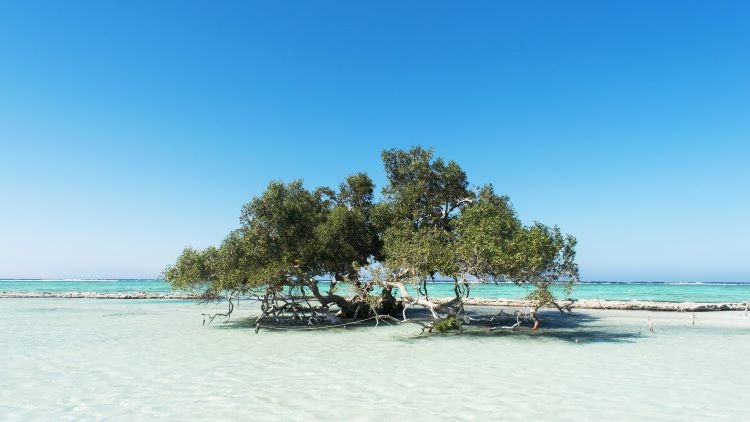
Qulaan is a secluded little bay south of Marsa Alam, within the borders of the Wadi Gemal National Park. Although there is just one lonely tree remaining here, it’s a stunningly beautiful and serene place to spend the day. At one point it was possible to camp overnight, definitely an option worth exploring.
Tarut Bay, Saudi Arabia
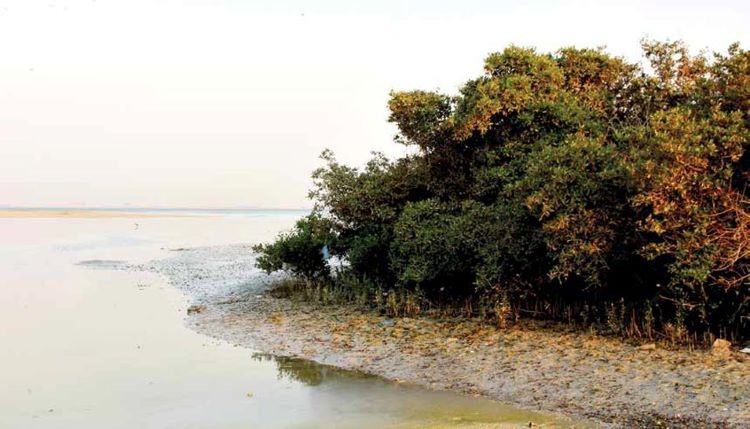
Tarut Bay, linked to the mainland city of Qatif, has seen significant loss of its mangroves thanks to the residential and industrial settlements that have popped up during the last 50 years, as well as the increasing amount of unregulated fishing. Day trips to explore what’s left of the mangrove forests are possible, and while Tarut has seen better days, it’s still incredibly beautiful and full of life.
Wadi Lahami, Egypt
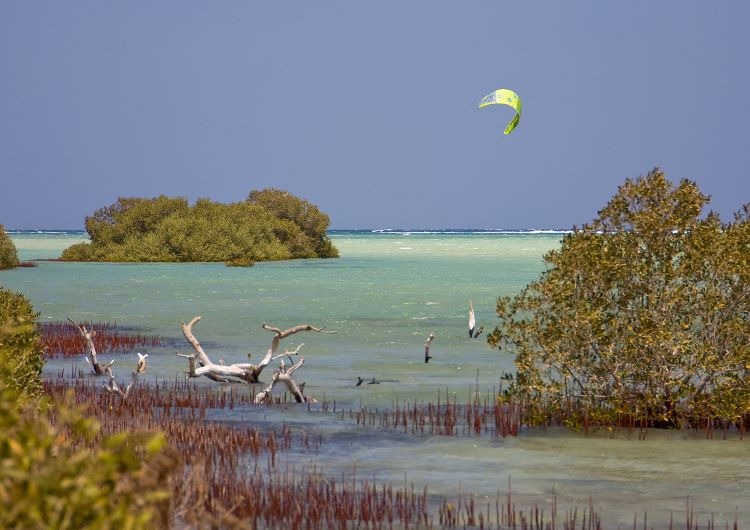
Lahami is one of Egypt’s most southern points, just over a hundred kilometers before Shalateen and the Sudanese border. It’s a long trip made mostly by bird-watching enthusiasts and advanced divers, which means it’s still amazingly untouched and teeming with wildlife, from mangroves to the sea itself. Wadi Lahami has, without a doubt, some of Egypt’s best dive sites.
Farasan Islands, Saudi Arabia
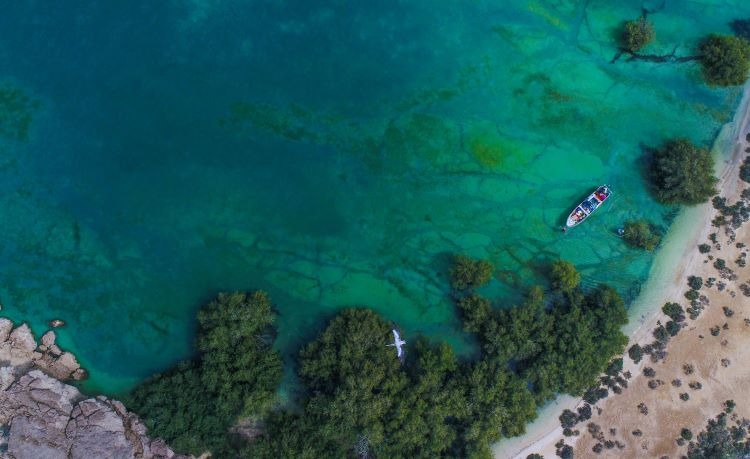
A popular tourist destination in Saudi Arabia, and one can easily see why, the Farasan Islands are an archipelago of around a hundred coral islands, with the larger ones being home to some of the Kingdom’s incredibly rich natural and cultural heritage, including large stretches of mangrove stands.
Kamaran Island, Yemen
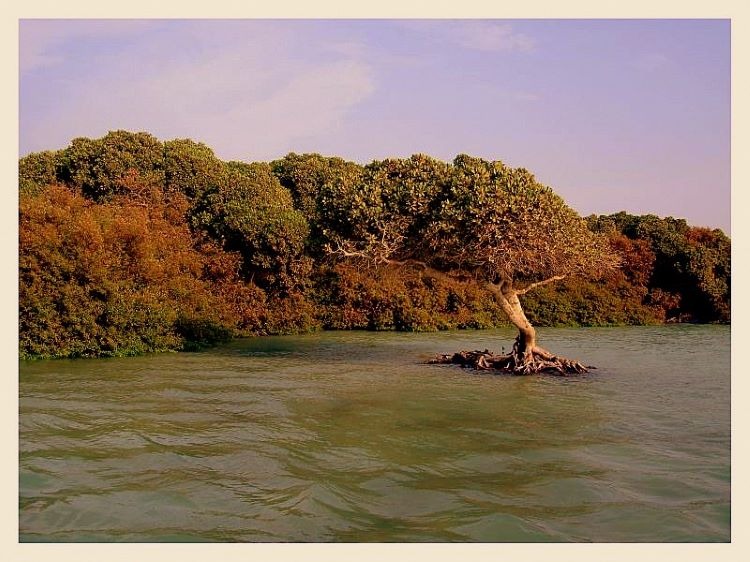
The largest of Yemen’s islands, Kamaran was first inhabited by the Portuguese in the 16th century, followed by the Ottomans in the 1800s, the Brits after that, and finally back under Yemeni control in the 60s. Much of the mangrove forests on Kamaran Island were logged early in the 20th century, but they still remain Yemen’s densest.



